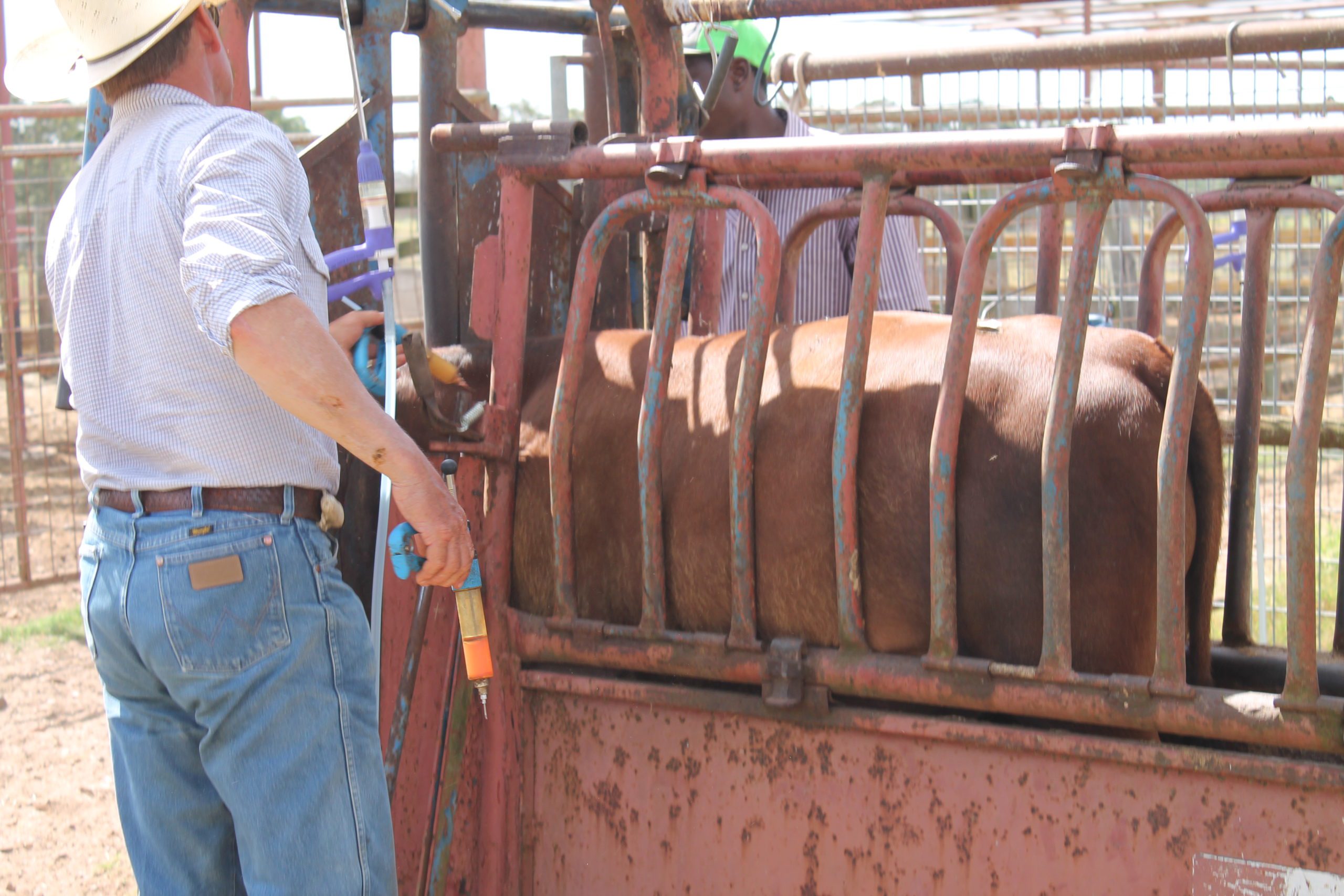Left unchecked, IBR leads to respiratory issues, reproductive losses, and long-term setbacks in herd performance. Here’s how to spot it, treat it, and most importantly—help prevent it.
What Is IBR?
IBR is a viral disease that affects both the respiratory and reproductive systems of cattle. It spreads easily through saliva, nasal discharge, and eye secretions. While any animal can contract it, calves are especially susceptible, as they frequently lick surfaces and each other.
Even animals that appear healthy can carry the virus and spread it—which makes IBR a persistent and costly challenge.
Symptoms of IBR in Cattle
IBR has an acute onset, meaning symptoms come on quickly. Watch for:
- High fever
- Loss of appetite
- Red, inflamed nose with heavy mucus discharge
- Watery eyes
- Excessive salivation
- Labored breathing or coughing
In addition to respiratory symptoms, IBR can cause infertility and spontaneous abortion in pregnant cows.
Treatment Options
There is currently no cure for IBR. Once symptoms appear, the focus shifts to supportive care and limiting the spread within the herd.
Recommended steps include:
- Isolate infected animals to reduce transmission
- Ensure easy access to water and high-quality forage
- Use vet-approved antibiotics to help prevent secondary bacterial infections
During illness, it’s critical to support rumen health. Cattle often reduce feed intake when sick, which can disrupt rumen pH and lead to acidosis. Supplementing with a rumen-balancing product like CattlActive® may help maintain digestion and appetite.
IBR Vaccination: Why It Matters
Vaccination is your herd’s best defense against IBR. While no vaccine guarantees complete prevention, it significantly reduces the severity and duration of illness.
That said, timing and stress levels matter:
- Avoid vaccinating during high-stress periods (e.g., weaning or transport)
- Animals that are under stress won’t respond as well to vaccines
- Nursing calves may not be good candidates for modified-live vaccines if housed with pregnant cows
Work with your vet to build a customized vaccination schedule based on age, health, and herd dynamics.
Prevention Tips for IBR
To reduce your herd’s risk of IBR:
- Implement a strong vaccination program
- Minimize stress during key transitions
- Practice good biosecurity and limit commingling
- Provide adequate nutrition and clean water
- Use low-stress handling techniques to reduce cortisol spikes
Final Thought
IBR is a tough opponent, but it can be managed. With proactive care, targeted vaccination, and strong immune support, you can help your cattle stay healthy, productive, and IBR-free.
Need help supporting your herd’s immune response? Visit Pro Earth Animal Health for natural products that work from the inside out.





